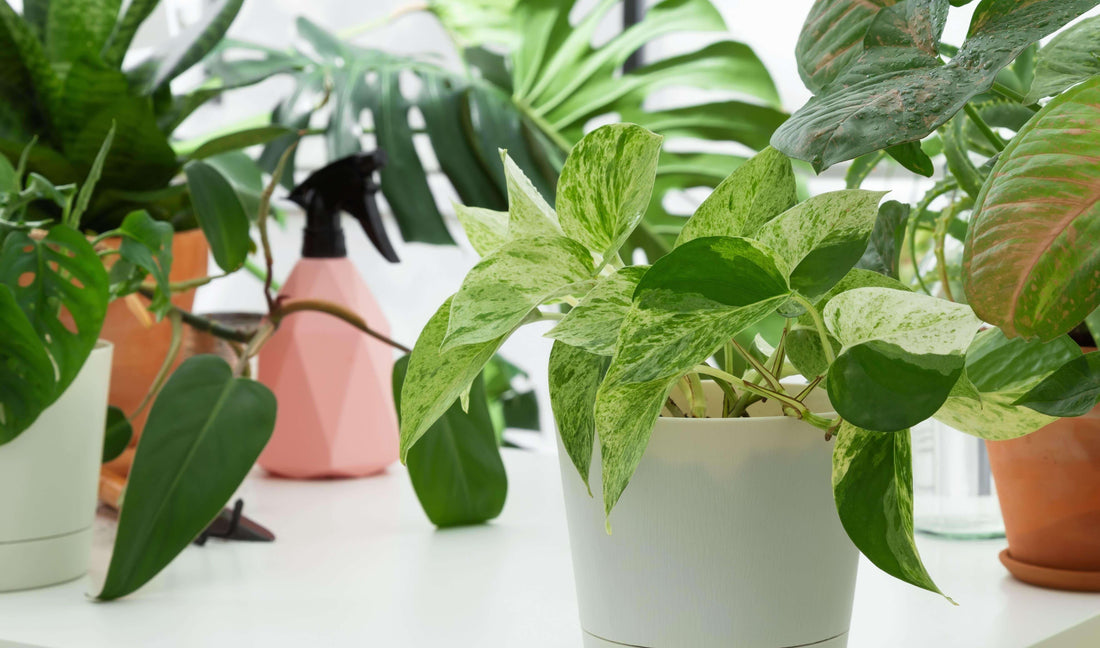
How to Grow Houseplants Successfully
Share
The Joy of Indoor Gardening
Indoor gardening is a joyous and fulfilling hobby that brings the beauty and tranquility of nature into our homes. Growing houseplants can transform living spaces, improve air quality, and boost our mood and productivity. This extensive guide explores the various aspects of indoor gardening, from selecting the right plants to understanding their care needs ensuring your indoor garden thrives.
Understanding Your Indoor Environment
Before diving into the world of indoor gardening, it's crucial to understand your home's environment, as it plays a crucial role in the healthiness of your plants. Light, temperature, humidity, and air circulation are key factors that affect plant growth.
Light
Light is the most critical factor. Most houseplants require bright, indirect light to thrive. South-facing windows typically provide the most light, while north-facing windows offer the least. Synthetic grow lights can be an adequate option if natural light is limited. It's essential to research the light requirements of each plant, as some may prefer low light conditions, while others might need more intense exposure.

Temperature and Humidity
Most houseplants are comfortable in the same temperature range that humans enjoy, between 65-75°F (18-24°C). However, temperature fluctuations, like those near drafty windows or heating vents, can stress plants. Humidity is another crucial aspect; many houseplants originate from tropical regions and require higher humidity levels. Utilizing a humidifier or putting a water tray near the plants can help in dry environments.
Air Circulation
